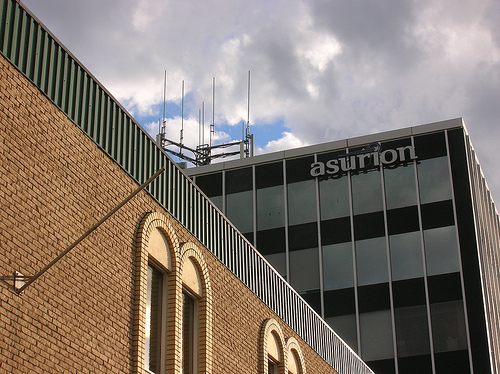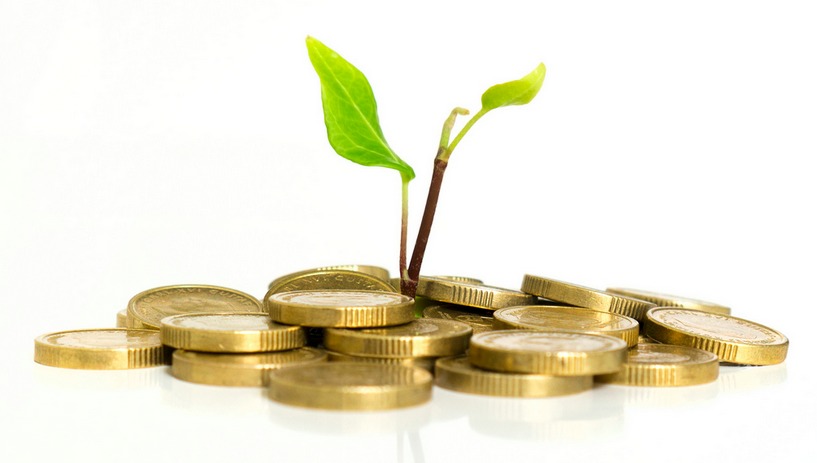I spend quite a bit of time extolling the virtues of Dividend Achievers, or companies with a long history of raising their dividends. I consider them the single best long-term investment you can make, and not purely because of the income. In fact, the income is often secondary.
That statement generally gets me a few raised eyebrows, but hear me out. A company with a history of raising its dividend consistently over time suggests it is a healthy company with stable and growing cash flows. The discipline involved with paying a dividend also tends to discourage money-wasting empire building by management or, even more importantly, financial or accounting shenanigans that mask the true financial condition of a company.
And particularly in the post-2008 world, a company that is able to raise its dividend throughout a once-in-a-lifetime financial crisis is a company that I believe can survive Armageddon because, frankly, it already has.
Here are a handful of my favorite Dividend Achievers for my own portfolios:
Wal-Mart (WMT) created a stir earlier this month when an email from one of its executives was leaked to the press that said that February sales for the world’s largest retailer were “a total disaster.”
Vice President of Finance Jerry Murray, the executive whose email was leaked, reported that Wal-Mart was off to its worst start in seven years. Yet management must not have been too worried because just days later Wal-Mart announced it was hiking its dividend by 18 percent.
Wal-Mart’s annual dividend—which it has increased every year since 1974—was increased to $1.88 per share from $1.59. The stock now yields a respectable 2.7% in cash dividends, and this says nothing of share repurchases.
Barron’s calculates that the combined value of dividends and stock buybacks over the past five years add up to more than a fourth of the Wal-Mart’s current market value.
Intel (INTC) is another company that has had a rough start to 2013. A bad earnings release, an outright decline in PC sales, and a large planned expansion of its manufacturing capacity at a time of weak demand have led investors to abandon the stock, sending it into negative territory for the year.
Yet Intel has been a dividend-boosting powerhouse in recent years. In 2003 Intel paid out $0.08 per share in dividend; in 2013, Intel will pay out $0.90 in dividends. Over the course of a decade, Intel has raised its dividend by a factor of 11, and again, I haven’t said anything about share repurchases yet. From 2008 to 2012, Intel shrunk its share count by 11%.
Intel may not be the growth engine it was a decade ago, but as the company has matured it has become far more shareholder friendly. And there is plenty of room for more. Intel’s dividend payout is a modest 41% of profits. At current prices Intel yields 4.3%, making it one of the highest-yielding stocks in the S&P 500.
Another company that has embraced shareholder friendliness over the past decade is Intel’s fellow PC dominator Microsoft (MSFT). Since initiating a $0.32 annual dividend in 2003, Microsoft has nearly tripled its payout to $0.92 in 2013. And there was a large special dividend of $3.00 per share along the way.
Microsoft has also been busy on the share repurchase front after announcing a $40 billion buyback program in 2008. Since then, the company has shrunk its share count by 10%. Given Microsoft’s cash hoard and its relatively low payout ratio of 45% (on depressed earnings, I might add), I look for more to come.
I should note that Wal-Mart is the only company of the three that is currently on the “official” Dividend Achievers list as published by Indxis. Intel and Microsoft just barely fell short of the 10-consecutive years criteria the last time the index was constituted, but I anticipate that they will be added soon enough.
The investments discussed are held in client accounts as of January 31, 2013. These investments may or may not be currently held in client accounts. The reader should not assume that any investments identified were or will be profitable or that any investment recommendations or investment decisions we make in the future will be profitable.




